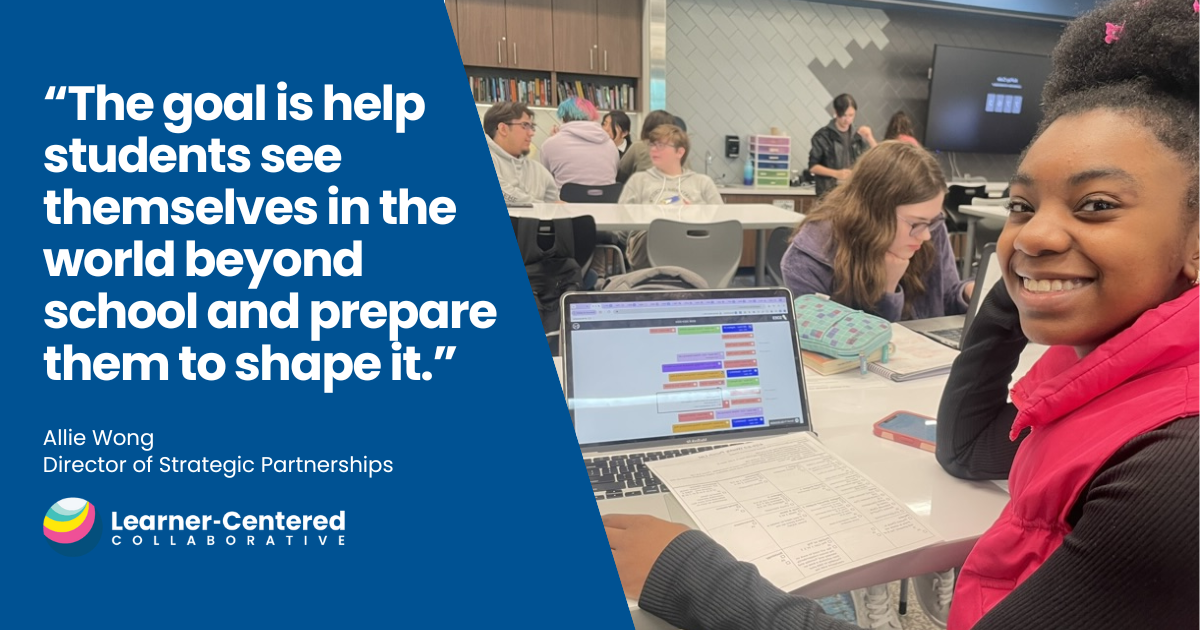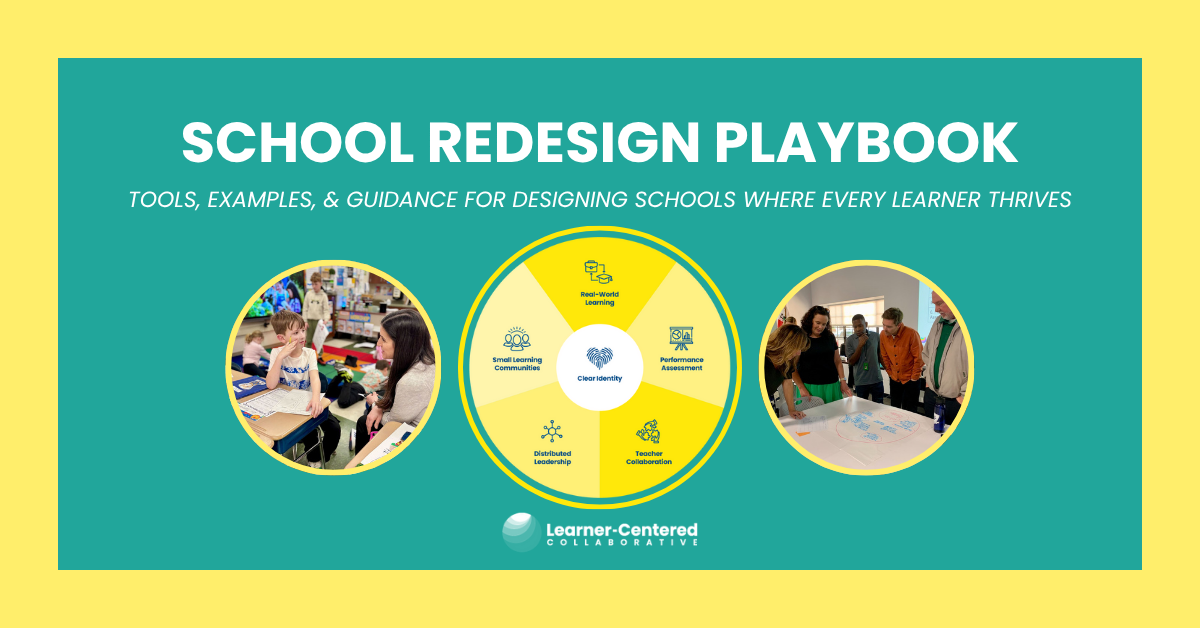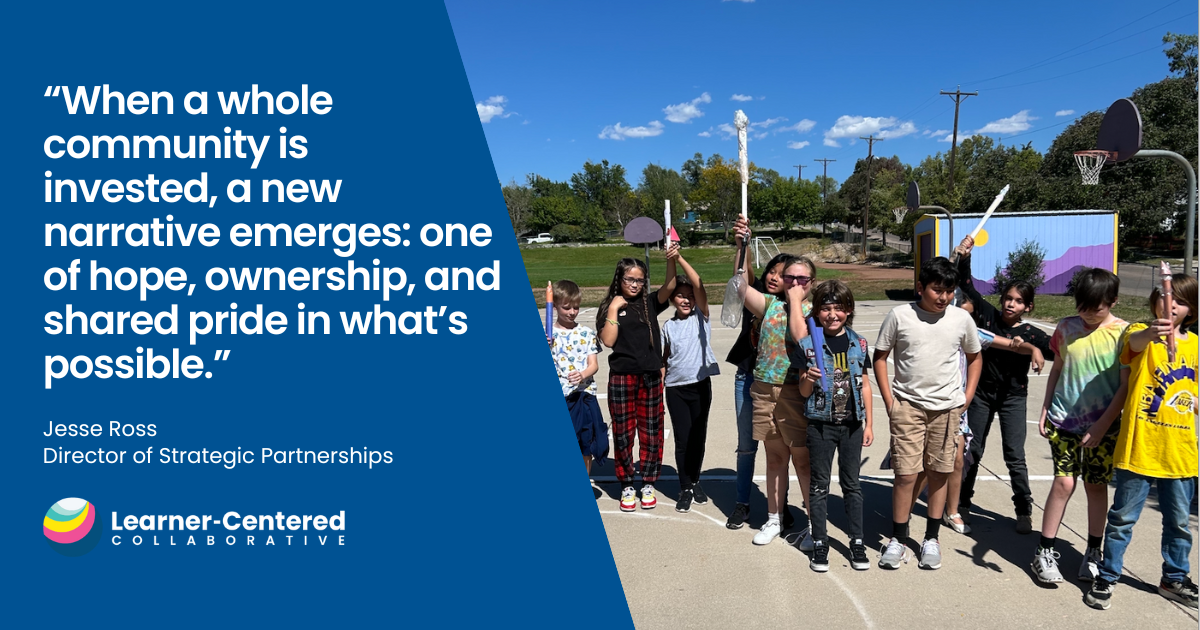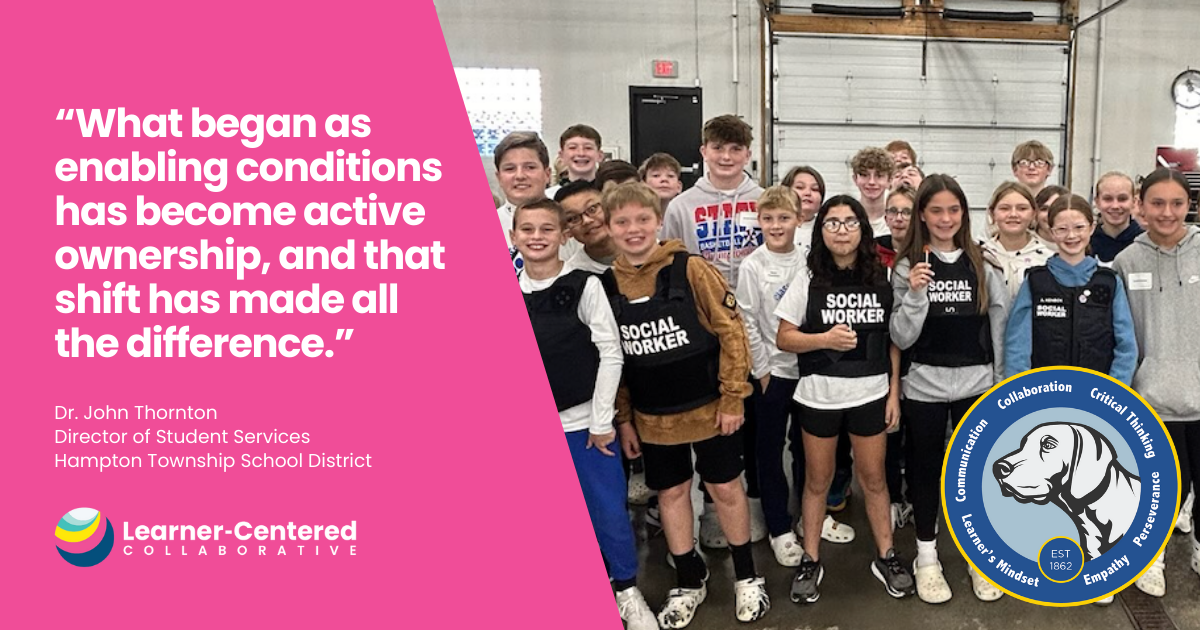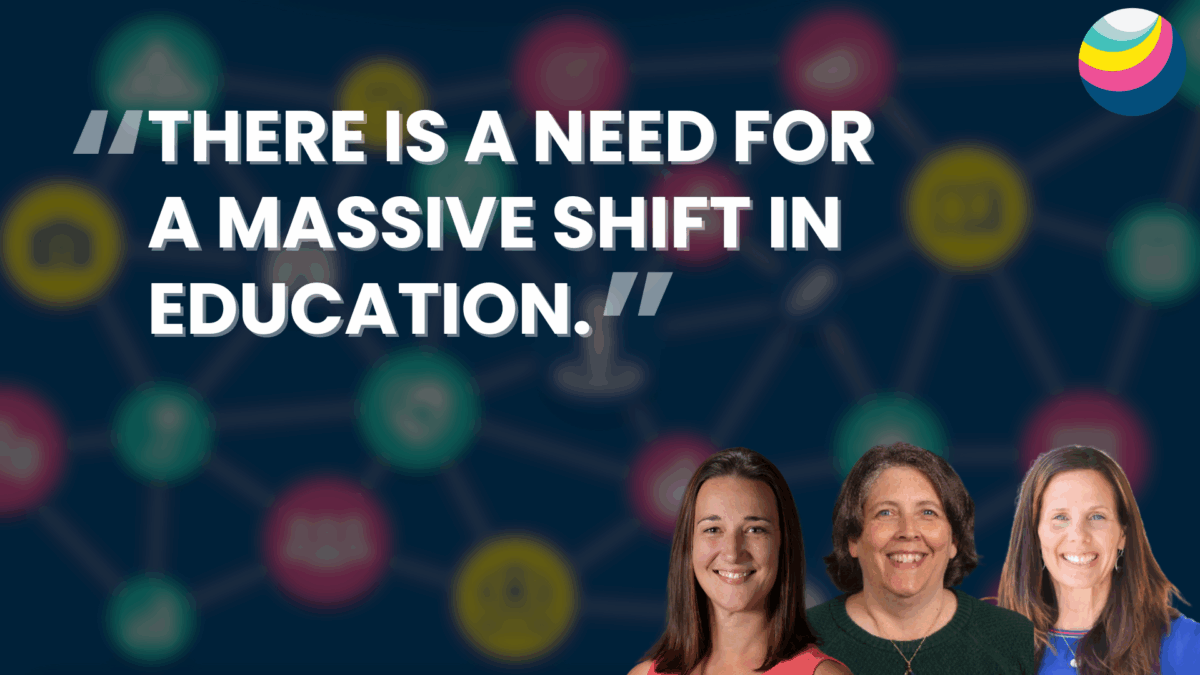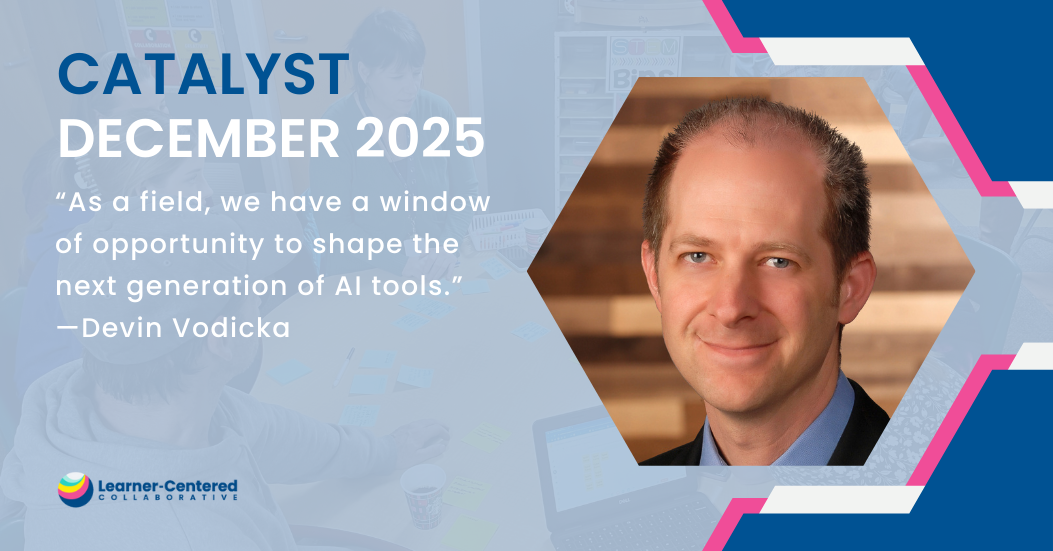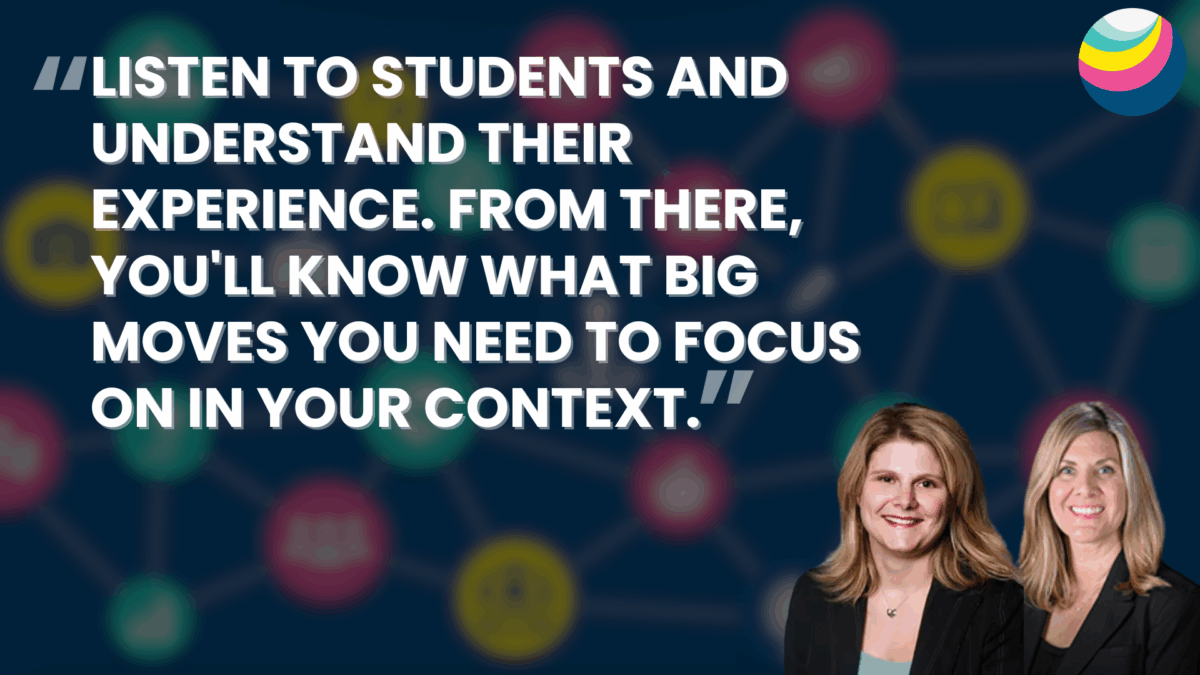Developing Community Partnerships for Internships, Mentorships and Community Projects
Overview
Developing a community partnership strategy for internships, mentorships, and community projects is a valuable initiative for schools and districts, as it lays the groundwork for meaningful authentic learning experiences that support learners in developing their school or district’s key outcomes as outlined in their Portrait of a Learner. Through these community-connected experiences, learners gain valuable work or real-world experience, confidence, and a professional network, enhancing their access to employment and secondary education opportunities.
In order for internships, mentorships, and community projects to be successful, deep community partnerships must exist within the school system. This goes beyond planning field trips or inviting experts into the classroom and requires a deep commitment of time and resources from the community partner as well as a dedicated internal champion at the school or district to support the community partner.
Bright Spots
Community Based Projects
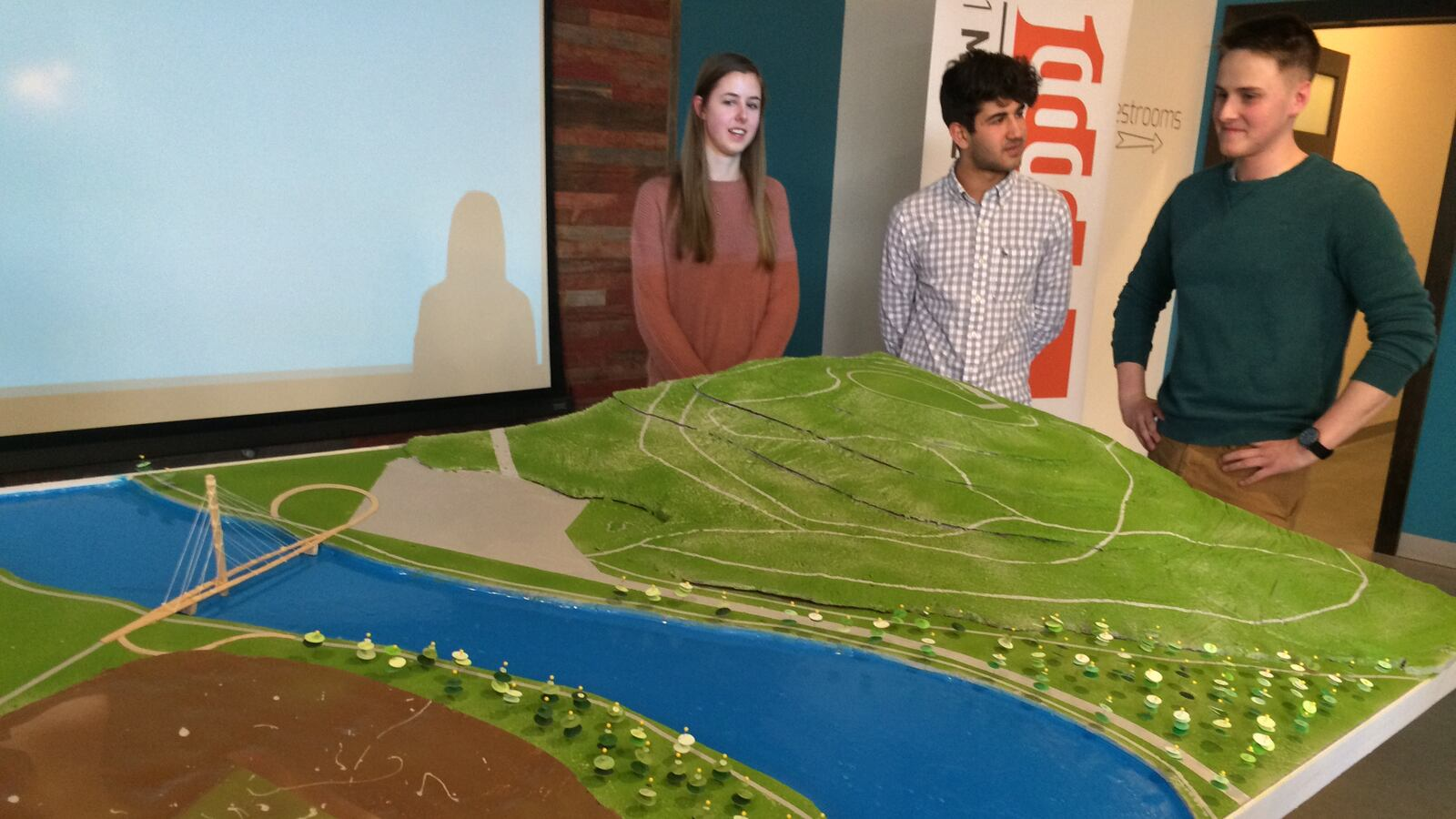
Iowa BIG empowers learners through community-embedded, project-based learning experiences. In 2017, students partnered with a local architecture firm, Shive-Hattery, to conduct surveys of community members and create a pitch for the local city council that included a 3D model. See more details about the project here.
Career Connections
Cajon Valley’s Bostonia Global High School uses a scaffolded approach to community connections that is centered on World of Work career exploration with the RIASEC framework. Through their academic journey and the World of Work curriculum, learners identify their interests and align them with self- and school-identified assets. This allows learners to explore various careers, helping them to discover if a particular field is a good fit or if it is not something they want to pursue, which are both equally valuable.
Community, College and Career
By loading this video, you agree to the privacy policy of Youtube.
The Opportunity Center reimagines the traditional high school experience by offering a dynamic, multipurpose space that serves as a gathering place for learners of all ages, from 3 to 103. This innovative three-story building functions as a mall, coworking space, and community hub, fostering authentic real-world career and college experiences while providing industry-recognized credentials.
Within minutes, visitors can observe students working in restaurants where their peers dine, aspiring healthcare professionals in scrubs transitioning from nursing classes, retirees engaging in exercise and social connection, and local entrepreneurs conducting business meetings. The space also supports student-run enterprises, such as pop-up shops where young entrepreneurs pitch and sell their products.
A standout example of this model in action is Blooms Flower Shop. Managed by a floral design teacher, Blooms operates as a fully functional business that serves the community while also serving as a hands-on learning space. Behind the storefront, students gain expertise in floral design, earn course credits and certifications, and even have the opportunity to be paid when their floral arrangements are sold. This integration of learning, entrepreneurial application, and credentialing exemplifies the Opportunity Center’s commitment to preparing students for success beyond the classroom.
Community-Based Design Thinking
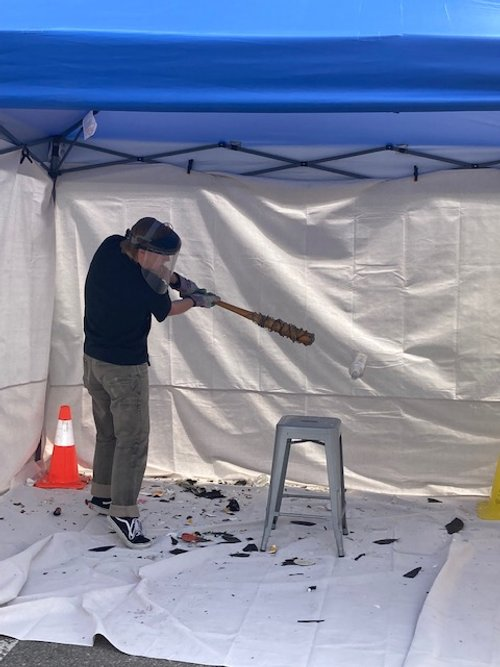
Source: One Stone
One Stone’s Lab 51 High School builds the majority of its learning experiences around the needs and opportunities surfaced by its community partners. Whether that is studying botany in the community garden, deploying human-centered design teams to rethink public restrooms, or engaging in summer internships connected to each learner’s WHY, learning is made relevant through ties to the community. As a part of Project Good, One Stone’s student-led experiential service learning program, students leveraged the human-centered design process and partnered with local mental health experts, a local “breakroom” and local companies for donations to host their own breakroom as a way to support mental health in their local community. You can read more about these partnerships for this project here. Learn more about One Stone’s strategies for identifying partnerships and one learner’s path to a budding career in music venue management through community internships here.
Elementary Students Impact Local Businesses
Kim Cawkwell co-created a learning experience with students called Project Ideate. Her 4th-grade students partnered with local businesses to understand their challenges and design solutions to impact their local community. Groups of students planned a pitch to present to a variety of businesses, including the local water board, the Humane Society, and a preschool.
Through the design and launch of a website and videos for their business, they learned how to effectively communicate through various mediums to document and share their ideas. Students completed several types of self-assessments, curated their work and reflected on their learning connected to the desired learning goals to evaluate progress with their teachers and determine next steps. In addition to the standards, Sinqi, one of the students, told me, “I learned to keep persevering with your ideas and don’t give up on yourself.”
Internships & Mentors
By loading this video, you agree to the privacy policy of Youtube.
At Big Picture Learning Schools like Metwest in Oakland and Bellevue in the Seattle area, students participate in internships weekly. Students are matched with an organization and a specific person as their mentor who support them throughout the internship and meet regularly with the student’s advisor. Advisor’s also visit their students at their internships to support them and the mentor. At Brooklyn LAB, an XQ school, community partners such as an animation studio and a group focused on marketing and branding host students as interns. Students use the XQ career explorer to find interesting careers and the school worked with local partners to match students based on their career interests. Read more about these internships here. At all of these schools there are roles for adults to support the internship program such as Community Partner/Internship Coordinator.
RESOURCES:
🧰 Community Asset Mapping Tool
🧰 Building and Growing Community Partnerships from the CAPS Network
📖 Setting Up Community Partnerships for Authentic PBL
📖 Tapping Into Community Connections to Improve CTE
📖 Who You Know: Social Capital is Key for First-Gen Students’ Career Success
🎧 Listen to Trace Pickering, Executive Director, as he explores how such projects empower learners and unite communities.
🎧 Getting Smart Podcast: Immokalee High School on Entrepreneurship and Projects That Serve Community
🎧 Learner-Centered Collaborative Podcast: Empowering Learners Through Real-World Challenges with Miguel Gonzalez and Meg Parry
- Conduct an audit of existing partnerships and reflect: what is working well? What is challenging? Where are there opportunities to scale or deepen existing partnerships?
- Who are your potential community partners? What role could each of them serve? Who has connections to those community partners to get started? Start with a community asset mapping activity.
- How might you create a bank of community partners for schools, leaders and educators to tap into for different opportunities?
- How might community partnerships be aligned with the current course curriculum to bring authenticity and relevance to student learning?
- What are some ways to provide support and resources for educators to effectively integrate community-connected learning into the curriculum and classroom instruction?
- How might you establish clear communication channels and expectations between schools, learners, and community partners to ensure successful collaboration and project outcomes? What scaffolding and tools can you provide to support effective partnerships?
- How might you assess the impact of community partnerships on learners’ academic achievement, skill development, and overall engagement?
